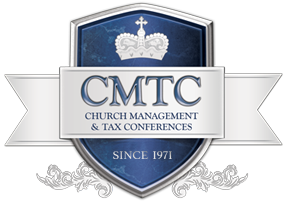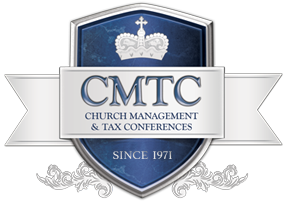Steps Every Church Must Take NOW: Pt 3
Previously I told you that the Federal Emergency Management Agency (FEMA) is taking steps and providing guidelines to assist Churches in reducing violence or terrorist attacks in their Houses of Worship.
Without a doubt we are living in a crazy world and it seems Churches are receiving the brunt of the attacks. Any Pastor, Church Leader, or member that thinks their Church is immune from the actions of insane and demonically influenced pawns, are naïve. It is time we get our heads out of the sand and prepare to protect ourselves and those attending our services.
We have the best Security team in America protecting our events at our ICCM World Theater and Center. Our Security Chief has put together the following steps based upon FEMA’s recommendations, which I suggest that every Church put in action now.
Following are the remainder of the steps every Church must take now to protect themselves:
Step 5: Plan Preparation, Review, and Approval
In Step 5, planners should draft an EOP based on the research and decisions made in Steps 1 through 4. The Guide (see Part 1 for website link) recommends that an EOP have three sections: the basic plan, functional annexes, and threat- and hazard-specific annexes.
Basic Plan
The basic plan is general and serves to communicate “an overview of the house of worship’s approach to emergency operations.”The primary audiences for the basic plan are the members of the church, local emergency management officials, and, where appropriate, the community. Shown in Table 5 on page 24 are the main sections of a basic plan and the components that each section should include.
Functional Annexes
Functions are key operations that occur during the course of an emergency. Examples include evacuation and lockdown. Obviously, “functions may occur consecutively or concurrently, depending on the incident” and how an incident unfolds. Functional annexes are aspects of an EOP that focus on these “critical operational functions and the courses of action developed to carry them out.” When the EOP references a specific function, users of the plan can refer to the annex for information on specific courses of action. Table 6 on page 24 provides a list of annexes that the Guide recommends.
Threat- and Hazard-Specific Annexes
According to the Guide, “threat- and hazard-specific annexes describe the courses of action unique to particular threats and hazards (e.g., fires, hurricanes, active-shooter situations). Courses of action already outlined in a functional annex need not be repeated in a threat- or hazard-specific annex.”
Step 6: Plan Implementation & Maintenance
Implementing the EOP requires training both individuals with specific roles and congregants. Training can take place through meetings, visits to evacuation sites, distribution of plan details, posting plan details throughout the site, and exercises. Exercises allow participants to practice their roles and may reveal gaps in a developed course of action. Churches can conduct exercises verbally, where participants simply discuss what they would do during certain emergencies; they can also conduct drills, where participants can physically walk through the steps that they would take.
Evaluating risk involves understanding the probability that the specific threat or hazard will occur; the effects the threat or hazard will likely have, including [each one’s] severity; the time … to warn occupants about the threat or hazard; and how long the threat or hazard may last.
Maintaining the EOP requires consistent and measured review by all key stakeholders. Under the best circumstances, a house of worship would review its plan annually. But the Guide advises that “in no case should any part of the plan go for more than two years without being reviewed and revised. Houses of worship may find it easier to review and revise sections of the EOP on a systematic basis rather than the entire plan at one time.”
Conclusion
In sum, developing an EOP is essential for churches. Although the process is tedious and, no doubt, time consuming, an adequate and efficient plan can be developed systematically if churches are willing to regularly dedicate some portion of time to evaluating risks and crafting appropriate responses.
If you are a church leader, don’t wait until an emergency occurs before you spearhead the EOP development process. This is another reason every Church should connect with Chitwood & Chitwood!
For more than 78 years we have provided proper Church management and compliance to everyone we represent. During this time we have gained knowledge that others do not know.
I would strongly encourage every Pastor and Church Leader to contact us today and register to attend the nearest and soonest Church Management Conference. At our conferences we make available everything, any Church needs to ensure full compliance and proper Church management. To register, visit us at www.cmtc.org or call 800-344-0076. Time is of the essence.
For others, it is only a job, but for us this “Is Ministry.”

